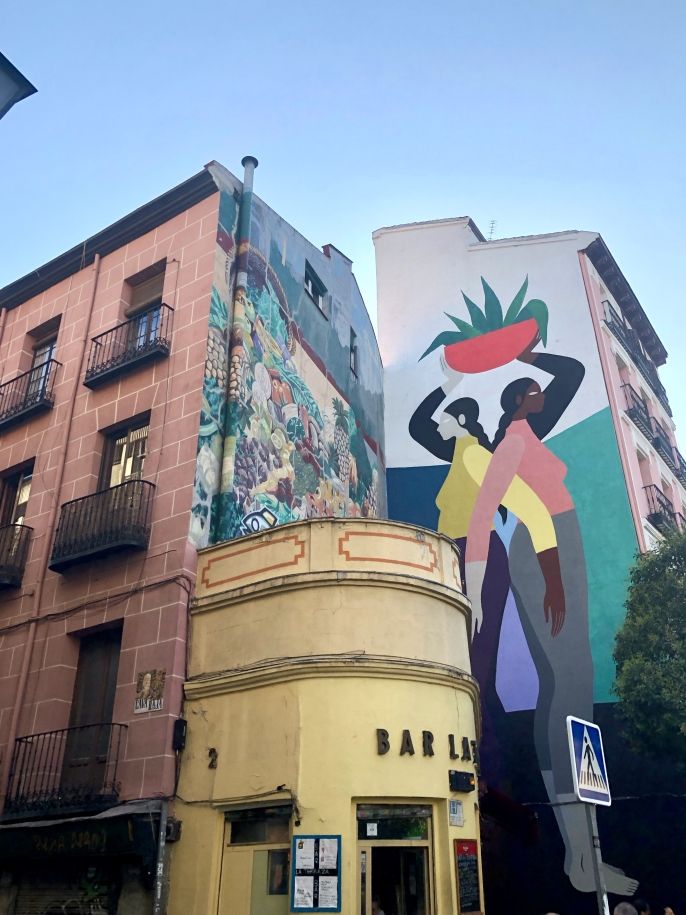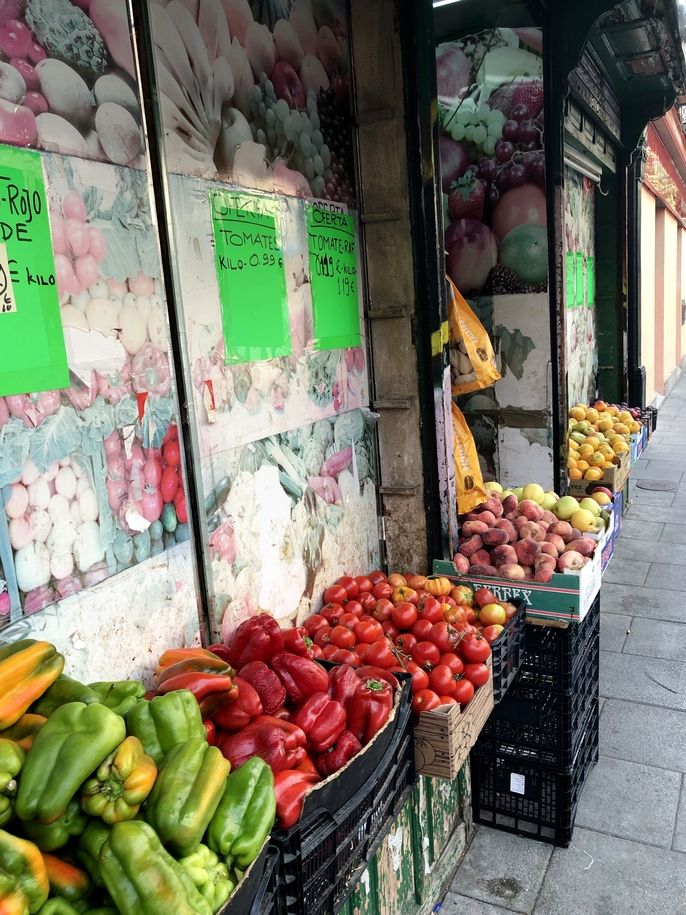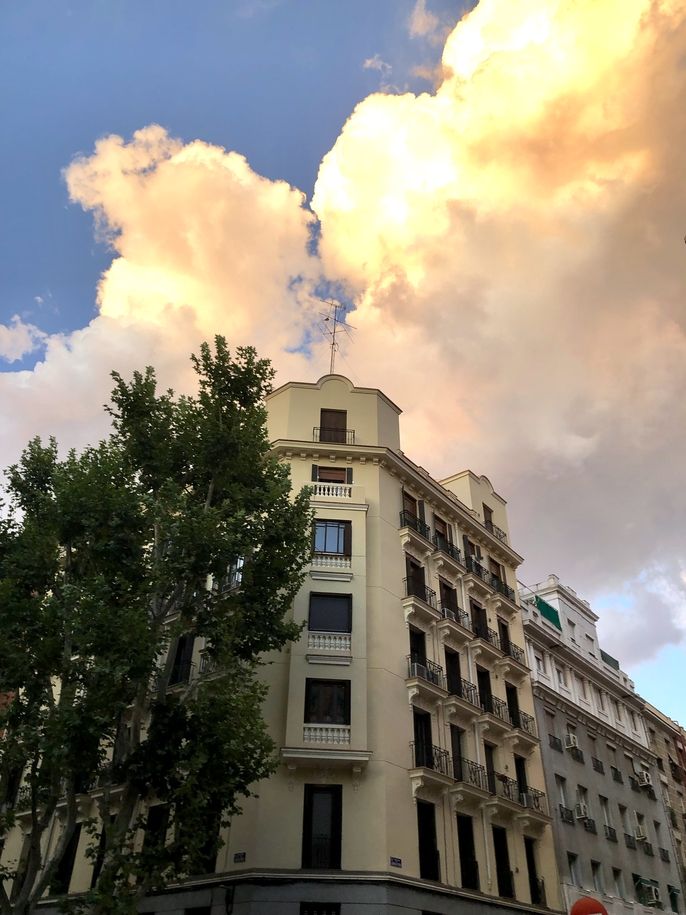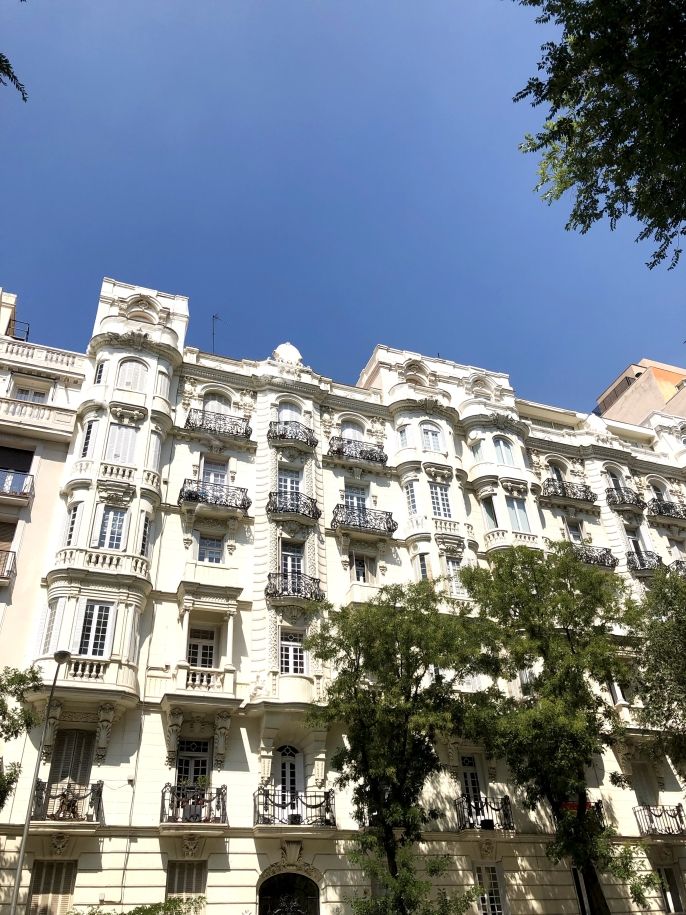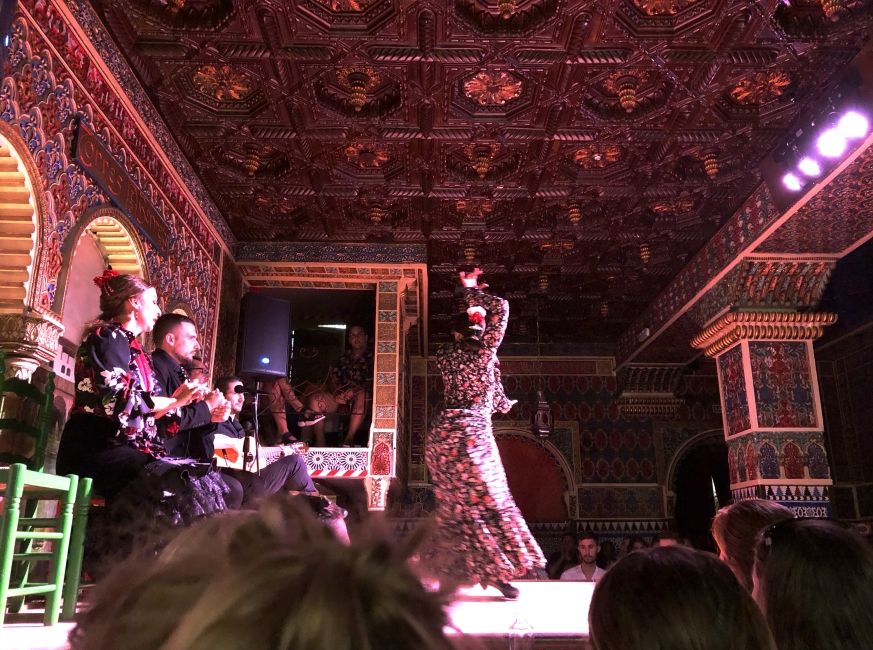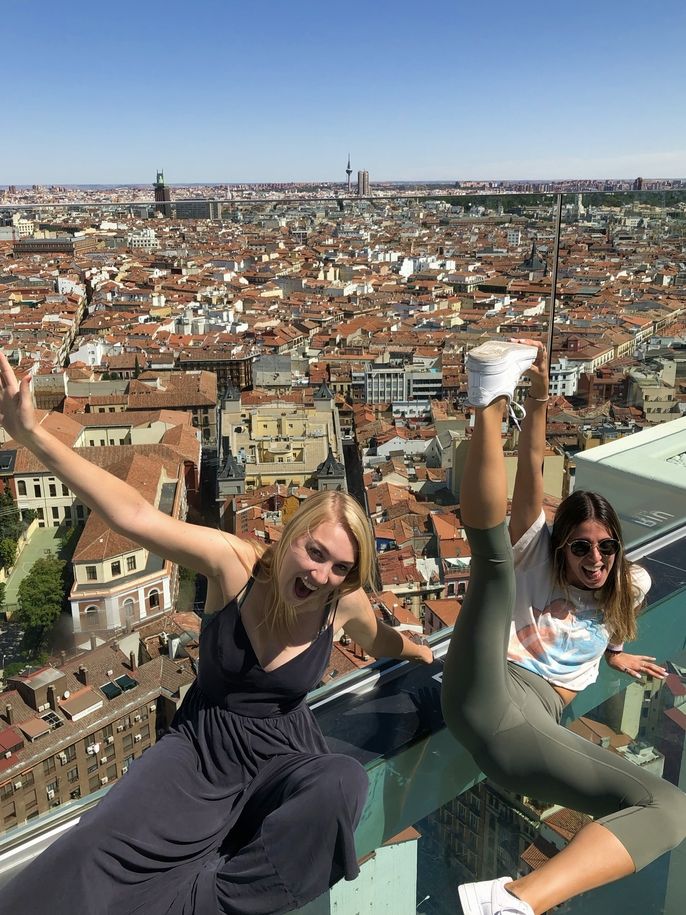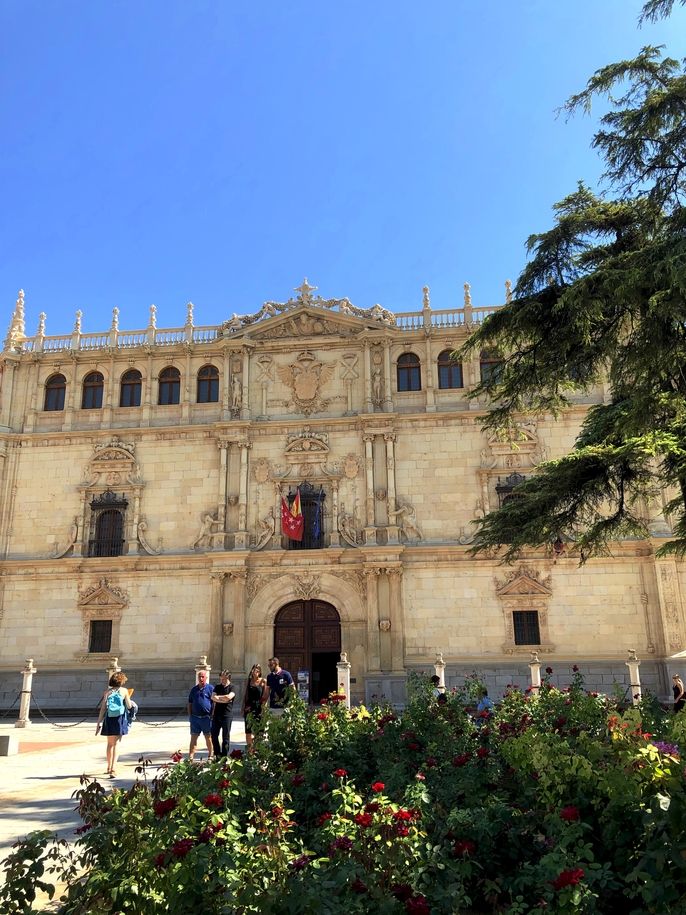Great Expectations: What I anticipated & what was surprising about moving to Spain
Landing in Spain is not like landing on an alien planet. Watching the rolling green-brown hills and small towns approach as my flight descended towards the Madrid airport, I was reminded of the terrain of eastern Oregon (my home state).
Granted, Spain isn’t Oregon, but I anticipated certain differences, which lessened their cultural shock-factor. Spanish-speaking in Spain is different from the Latin American dialect I am familiar with from my years of Spanish classes. It is less formal here, making use of the “vosotros” (informal second person plural) form that was never emphasized in my classes, and I’m not sure if I will ever catch onto converting the soft “c” sound into a “th” (“grathias” sounds so odd to my Latin American-taught “gracias”).
The siesta is possibly the most well-known stereotype of Spaniards, and not without reason: most businesses (besides larger chains) do close between the hours of 2 and 5 p.m. every day. If you’re hungry during that time, or want to run some errands—well, too bad. You’ll likely have to wait until things reopen in a few hours.
I anticipated these differences in language and culture, but after living here for a month, there are several things that have surprised me about my new home.
Back to the siesta. This break is not—according to my host dad—usually used as nap time, which is the association we usually have for the term. Rather, it is time for lunch. In Spain, mealtimes are not as rushed as we are used to in the United States. The waiter will never bring you the check before you ask (I am very thankful for my friend Meghan, who is always willing to be the one to request it). It is expected that you will linger, talking and enjoying the meal.
But the main reason that Spaniards take three hours out of the middle of the afternoon? It’s hot. After being here only a few weeks, I get it. I don’t want to do anything during that hottest part of the day either. The siesta is an important break during which to find a cool place to relax and hide from the bright, hot Iberian sun.
So, if lunch is around 2 p.m., when is dinner? At home in the U.S., I am used to eating dinner with my family around 6 p.m. When I was cooking for myself during college, dinner was at whatever time I could squeeze it in between classes, work, and studying, but that was still usually sometime between 5 and 7 p.m. Not so with my host family. Out of the two weeks that I lived with the Gineses, we never had dinner before 10 p.m. On one of my first nights in Madrid, our host family took my roommate, Sami, and I on a walk to a park nearby after dinner…at 11:30 p.m. At that hour it was empty, but Sami climbed on the jungle gym with 5-year-old Abril and I pushed 2-year-old Iria on the swings. On the way back to the apartment I checked the time—it was 1:30 in the morning! Sami and I were ready for bed, but Abril and Iria were still wide awake and ready to play. To be fair, they were still on summer vacation and didn’t have anywhere to be the next morning, but even now that school is well underway, I still see families with small children out and about much later than I ever would have been allowed at that age.
Perhaps the most annoying of these Spanish cultural differences, and one that we were also warned about in orientation but that I am continuously shocked by is this: if a Spanish person is walking toward you on the sidewalk, you had better get out of the way, because they will not. It does not matter if they see you, they’re not going to get out of your way. It doesn’t even matter if you will be stepping into traffic to get out of the way, they will continue in a straight line like a New Yorker through a crowd of tourists. I have yet to figure out how they avoid collisions (have you read Dr. Seuss’ story “The Zax”? That’s what it feels like).
A few other things: Spanish people stare more than Americans. This is most noticeable on public transit and in elevators (small, enclosed spaces which, in America, are characterized by every person involved aggressively avoiding eye contact). Similarly, personal space isn’t a Thing the way it is in the U.S. When my orientation group visited the scenic rooftop of El Corte Ingles (a Spanish department store), we nearly let an already-crowded elevator go by us, intending to wait for the next one. Our group leader quickly stopped us—“This is Spain!”—and we all squeezed in.
All of that said, these differences—however baffling—are what makes moving to Spain such an adventure. Occasionally annoying, it is nonetheless exciting and gratifying when I discover a new cultural difference. Stay tuned for the next year as I do my best to learn to use vosotros and eat dinner after 8 p.m.!
Related Posts
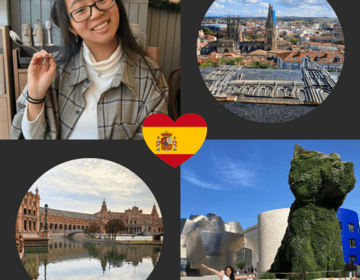
TWICE with CIEE: Kayleigh in Spain (PART 2)
Kayleigh is a CIEE alum who participated in CIEE's Teach in South Korea program AND CIEE’s Teach in Spain Volunteer program! CLICK HERE to read her experience in Korea. WHY... keep reading

CIEE Volunteer Spotlight: Meet Layla!
Where are you from? What was your academic background or career before teaching abroad? I am Canadian, specifically Québécoise. In Quebec, students are required to attend community college (CEGEP) before... keep reading

